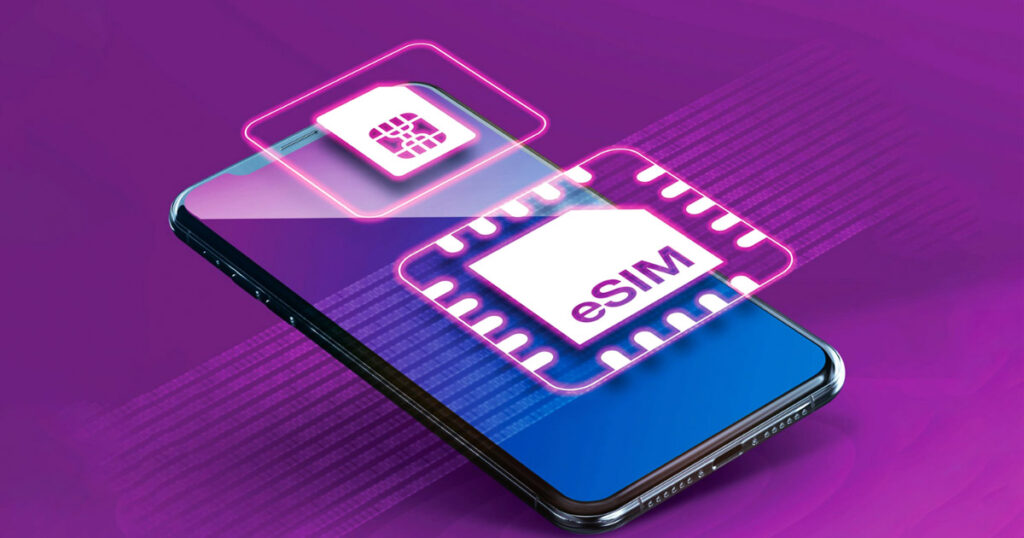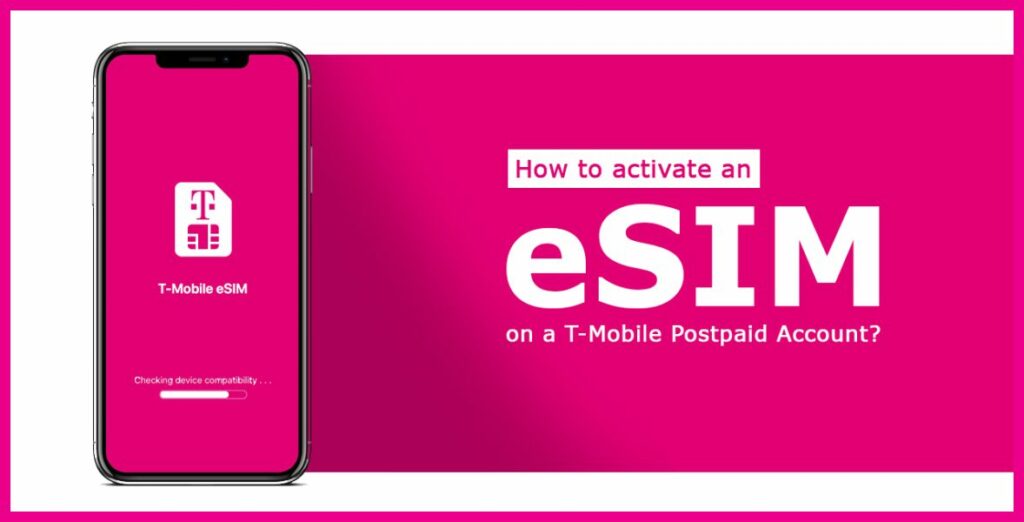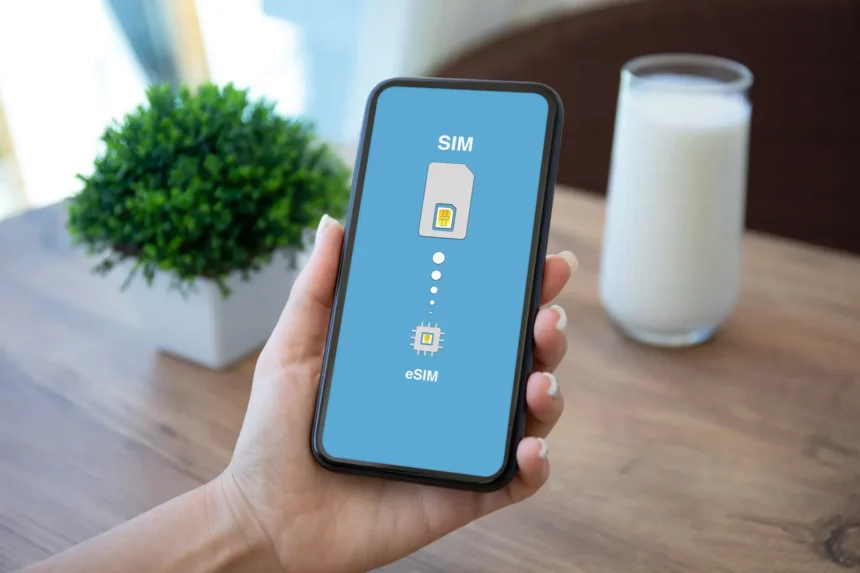During the Mobile World Congress last year, Google unveiled an innovative eSIM transfer technology, allowing users to seamlessly transfer their mobile plans from one device to another without the need for a physical SIM card. Initially exclusive to Pixel devices, the feature has now started to extend its compatibility to other devices, including the Samsung Galaxy Ultra 24.

In 2018, Google announced plans to expand eSIM technology to more global networks. The company expressed its commitment to creating a program for Android device manufacturers to build eSIM-capable smartphones, aiming for a consistent and straightforward user experience across the ecosystem.
The eSIM transfer process is straightforward: When both the old and new phones are in proximity, a prompt reading “Transfer SIM to [insert new phone model]” appears on the old device. By selecting “next,” a QR code displays on the new phone, accompanied by a small camera viewfinder on the old one. Scanning the QR code with the old phone initiates an automatic transfer of all relevant information.
Initially integrated with One UI 5.1 and designed for Galaxy devices, the Samsung eSIM transfer tool has reportedly expanded its compatibility to non-Galaxy devices with the latest One UI update (version 6.1), as noted by Reddit user FragmentedChicken.

eSIMs, according to eSIM.net, offer several advantages. They eliminate the need to purchase new SIM cards, allow storage of multiple profiles on a single device for easy switching, and are more compact, durable, and reliable compared to traditional SIM cards.
Apple emphasizes the enhanced security of eSIMs over physical SIM cards since they cannot be removed and used on other devices if a phone is lost or stolen.
However, it’s worth noting that eSIM transfer technology currently appears limited to T-Mobile in the US. Nevertheless, broader adoption of the technology is anticipated to roll out soon. Pixel users, in particular, should expect prompts for eSIM transfer when setting up a new device.








